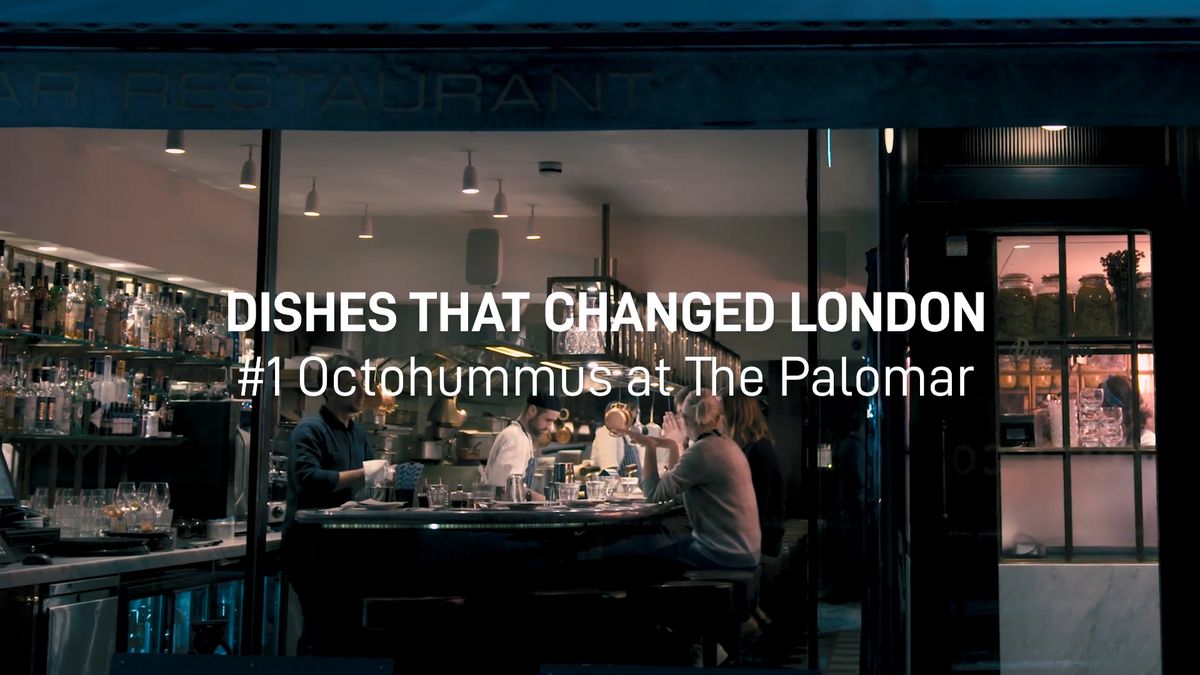Everybody knows about salami, prosciutto, and bologna. The staples of the great Italian meat and cheese board have become as well-known as Extra Virgin Olive Oil. But if you were a fan of The Sopranos–celebrating its 20th anniversary today–you’ve probably been wondering for a very long time, what the f*ck is "gabagool?"
Formally known as capicola, gabagool is by no means the most trendy or popular of the Italian cold cuts, but it is the most fun to say. If you grew up in New Jersey, have an Italian heritage, or ever found yourself surrounded by either of those cultures, chances are, you’ve heard the term thrown around quite a bit. In The Sopranos, red meat plays a crucial role in the psychological trauma of Tony Soprano, so words like "gabagool" and "super-sod" (soppressata) carry a bit of narrative heft throughout the series. Even The Office (US) invokes the term in its memorable mafia episode from 2009, which sees Michael Scott ordering "just the gabagool" to show off in front of his new Italian-American friends.
According to The Daily Meal, capicola is a "type of salumi" that’s basically a "cross between prosciutto and sausage." Like its salt-cured sisters, capicola, which can also be called just "coppa," is seasoned with a variety of flavours like wine, garlic, and paprika, stuffed into a meat-based casing, then smoked, slow-roasted, or in most cases, "hung for up to six months to cure." It's red and white, not as spicy as soppressata, but also not as creamy-tasting and mild as, say, mortadella.
Dan Nosowitz on Atlas Obscura did a deep dive on the origin of the gabagool phenomenon in his fantastic piece, How Capicola Became Gabagool: The Italian New Jersey Accent, Explained. After researching with some linguistics experts, Nosowitz discovered that, like the botched American estimations of Italian culture such as meatballs, baked ziti, or whatever Olive Garden is pretending to be, the word "gabagool" is about as Italian as apple pie.
According to Nosowitz's research, many Italians in the United States descend from Southern Italians, "about 80 percent," in fact. If you know anything about Italy, you’re probably aware that the dialects of the various regions within the country are all vastly different. Similarly, the Italian language that arrived in America back in the time of the great emigration is much different than the Italian language of today.
What we hear in places like Jersey, Staten Island, and New York is actually the result of former immigrants hanging on to their native dialect, and passing elements of that down through generations of Americans who may not even have a clue what the actual contemporary Italian language sounds like today. In the case of gabagool, it's a combination of end vowels being deleted, "oh" sounds being raised, and what linguists call "voiceless consonants," namely "k" and "c" sounds, being turned into "voiced" consonants, which, in this case, amounts to "g" sounds.
So, wanna get your Soprano on? Start with capicola. Drop off the end vowel. Turn the "c"s into "g"s. And emphasize the "o" sound. Whaddya get? Gabagool. Fuhgeddaboutit.














